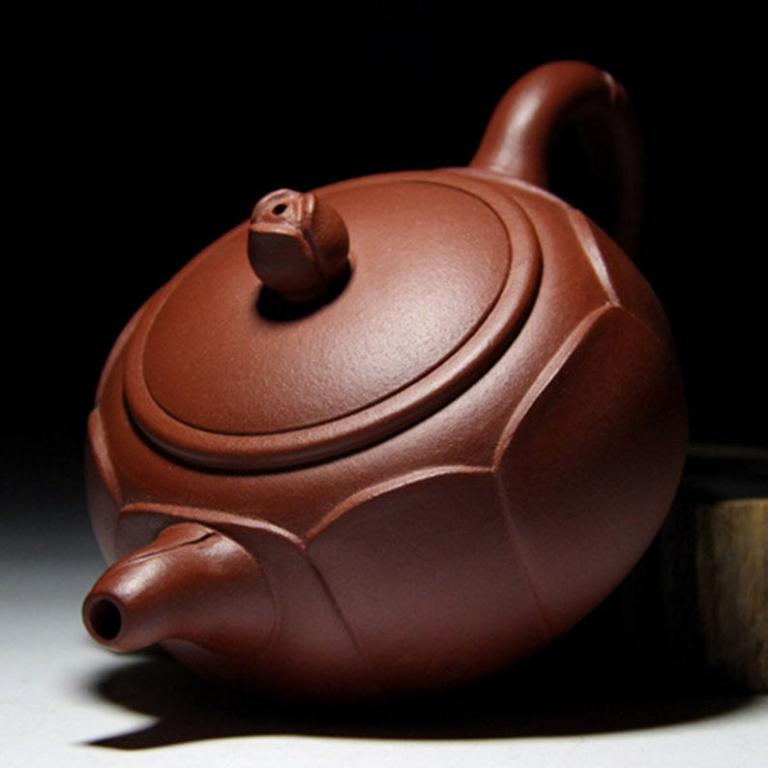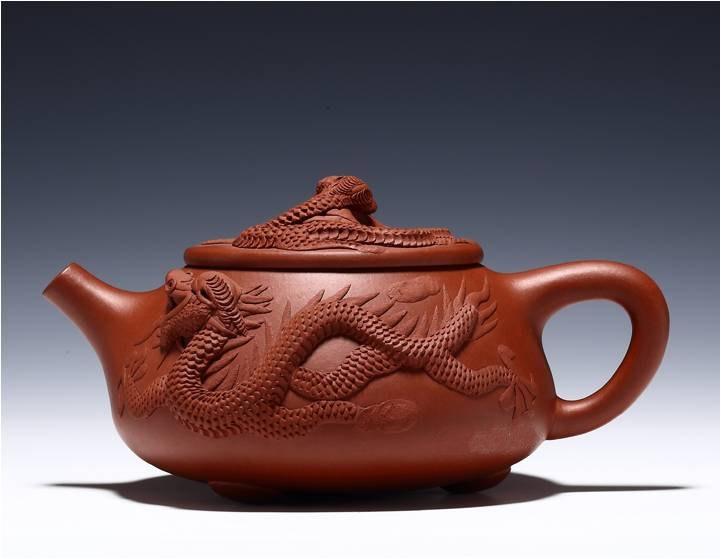Zisha clay of Chinese pottery
2 min readZisha clay is rich in hematite, and reveals graceful colours such as copper purple, begonia red and vermillion yellow after firing. It is scantly distributed i remote mountains in Yixing, Jiangsu province, and is sometimes called”clay inside clay”as it coexists with Jiani clay, and must be artificially selected after exploitation. The zisha clay thereby selected bears a lamellar structure like rock, and must go through the following procedures before it becomes ripe clay ready for making zisha ware: air slaking in open-air, grinding into clay powders, fermentation and kneading with water.
Besides its scarce distribution and difficulty for exploitation, the most essential character of zisha clay lies in its superior properties. First of all, itcontains sufficient mineral compositions and chemical elements to produce pottery without adding other stuff. It also boasts high plasticity and viscidity so that it can be freely processed into various shapes and that various parts of a utensil can be well conglutinated together. Such property also enables the greenware to fully sinter when the firing temperature reaches around 1,200℃ with low diathermancy andfine heat resistibility, so that it will not scald hands even if poured with boiled water. Moreover, experiments demonstrate the good air permeability and absorbabilit of zisha clay.

Therefore, zisha ware can well preserve the fragrance of tea and willnot rot the roots of plants. As a result, it is one of the best materials for makingtea vessels and flowerpots. Finally, due to the low shrinkage rate and wide range of firing temperature of zisha clay, products do not easily deform during the firing process, and lids of zisha teapots can closely conform to their bodies to better keep heat. Because of all the advantages mentioned above, zisha clay have been cherished by people since its appearance.









